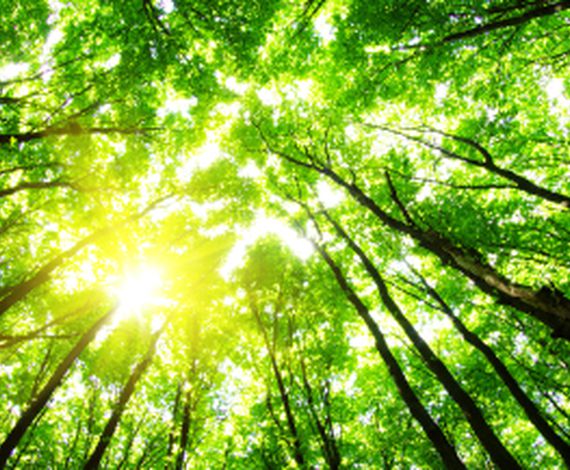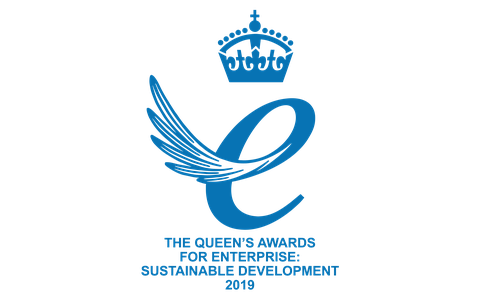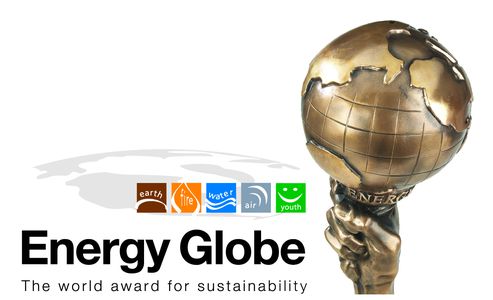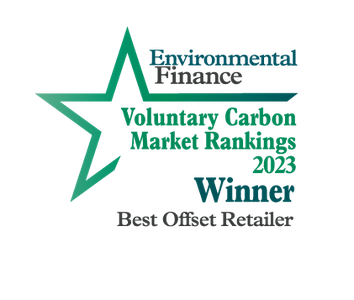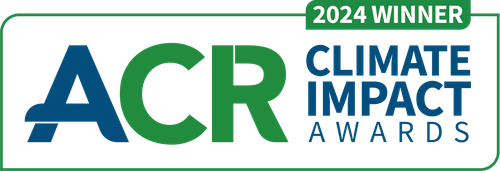What do wine markets have in common with the Voluntary Carbon Market (VCM)? Quite a lot.
Having recently moved to Bordeaux, in Southwest France, I have been fortunate to sample some of the greatest wines on our fair planet. I have quickly learned that a slight mispronunciation can be the difference between ordering the €15 bottle you saw on the menu and the €1,500 bottle they have locked away in the cellar, so always double check the label before they open it. What's that got to do with the voluntary carbon market?
I have been humbled in corner cafes, as if they were grand chateaus, by the encyclopaedic knowledge of wine that locals consider to be commonplace. I still have lots to learn about things like terroir—broadly translated as the sensory attributes of a wine relative to the environmental conditions—from climate to soil to elevation, which got me thinking, what do wine markets have in common with the Voluntary Carbon Market (VCM)? Quite a lot actually.
First, the location of the vines and the carbon. If you are a fellow oenophile, meaning wine enthusiast, do you prefer old or new world wines in general? Do you have a favourite wine producer, why? Perhaps you value the long history of a particular chateau or region in Bordeaux, or you prefer a relatively new Californian vineyard that is experimenting with different blends and growing conditions. Whatever your answer, it often all comes down to personal experience and preference. As with the location of vines, each carbon finance project is as unique as the location it is working within. The location can influence the time it takes from planning, to implementation, to actual carbon credit issuance, and it can affect the additionality of the project. For example, some countries might have legislation that means an entire project type won’t pass offset standards’ additionality tests. And in the case of nature conservation projects, some tropical rainforest nations have several carbon projects while other nations could be entirely new to the carbon market and only have one. While all those projects are highly impactful, the limited supply of carbon credits from one country could command a premium price in the market. Wine doesn’t grow everywhere and nor do carbon credits.
Next, grape varietals and project types. The top three red wine grape varietals are Cabernet Sauvignon, Merlot, and Tempranillo. Do you have a favourite red grape varietal such as Zinfandel, Syrah, or Tempranillo? Or perhaps you have a favourite white grape varietal such as Riesling, Sancerre, or Albariño? Perhaps your favourite wine is from a grape varietal that is widely produced globally or one that is relatively rare. Similarly, carbon credits come from all types of projects. Some of the most common are: renewable energy, forest conservation, and efficient cookstoves. As with wine, it is important to remember that abundant supply does not mean low quality and limited supply does not mean high quality. The quality of a carbon project, as with a wine producer, can differ greatly even if they’re growing the same type of grape. It’s important to partner with a provider who is experienced in the market and knows how to perform rigorous due diligence on a project, what to consider and what are red flags.
And finally, both wine and carbon credits come in different vintages year by year. Newly planted vines can take up to three full years before they produce their first grapes that will make it into a bottle of wine. As I write this in the spring of 2022, I know I won’t be able to find any 2022 vintage wines because the year on the bottle is the year the grapes are harvested, so at best I could hope to find a 2020, not even 2021. And that is for vineyards that have mature vines producing grape year after year. The fermentation and maturation processes take time and the higher quality wines can take even longer as they adopt organic and hand-powered processes. Carbon finance projects similarly produce carbon credits that are timestamped to certain vintages, years in which carbon emissions have been stored or avoided and those reductions have been measured and then independently verified. So it takes time, just as in wine. For new carbon projects, particularly reforestation, as with new vineyards, it can take years from planting seedlings to producing carbon credits.
So, I am learning, it is the location of the vines, the varietal of grape, and the vintage of the wine that determine the quality of a bottle and whether it’s the €15 bottle you see on a menu or the €1,500 bottle locked in a cellar. Just as most locals in Bordeaux would agree no two bottles of wine are the same, those of us with decades of experience in the VCM believe no two carbon projects are the same. Our wide range of global projects reduce emissions, improve health and livelihoods, build sustainable infrastructure, and conserve and restore nature. Our clients rely on us to create the portfolios of high-quality carbon projects to meet their carbon neutral, net zero and renewable energy goals. But also to deliver that little bit more by understanding the ‘variety’ of project that will particularly suit their business. We’re like the sommeliers of the voluntary carbon market.
Mark leads Climate Impact Partners’ work in Europe. Prior to joining Climate Impact Partners, he led corporate engagement work at WWF. Mark will be speaking at the Reuters Responsible Business Summit in London on 8-9 June.
Aktuelle News
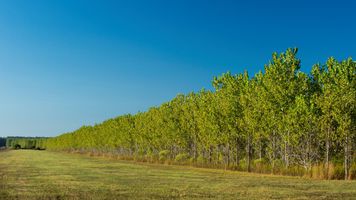
Climate Impact Partners comments on SBTi's support of carbon credit use for Scope 3 abatement
Sheri Hickok, CEO, shares her views on SBTi's statement of support for use of carbon credits towards scope 3 abatement targets.
Weiterlesen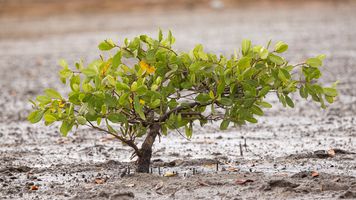
Climate Impact Partners and WeForest launch high impact mangrove restoration project in Senegal
Project combines rare high impact voluntary carbon market removal credits with innovative technology use to improve understanding of biodiversity.
Weiterlesen
Climate Impact Partners receives 2024 Corporate Excellence Award from ACR
Hailed as a model of excellence, Climate Impact Partners was recognized for helping companies embrace comprehensive and transformational climate action.
WeiterlesenDie neuesten Insights von
Climate Impact Partners
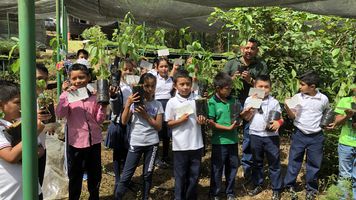
Save A Species: Recovering trees from extinction
The Save A Species program empowers companies to promptly engage in biodiversity conservation and restoration initiatives.
Weiterlesen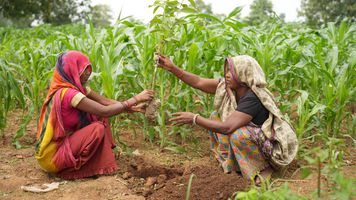
Capturing carbon: A snapshot of women on the climate frontline
Journey through the camera lens straight to the heart of climate action projects we work with around the world, understanding their impact on women and girls.
Weiterlesen
CORSIA: The 100 million tonne question
Rob Stevens, Director of Product Development, is helping pave the (run)way for CORSIA - the market-based carbon reduction scheme for airlines.
Weiterlesen
